1. Physical Photographs

Once, the world ran on paper, a medium that was tactile, vulnerable, and required its own physical management system. Before infinite digital storage on phones and cloud services, photographs existed primarily as physical prints, often carefully stored in albums or shoeboxes. These tangible prints were the only way to physically hold and share a moment captured in time. Developing film, proof sheets, and the final prints involved chemical processes and cost, making each photograph a deliberate choice. The vulnerability of physical photos, to fire, water, or simple degradation, made their preservation a conscious, critical effort to safeguard family history and personal memories.
2. Official Medical Records
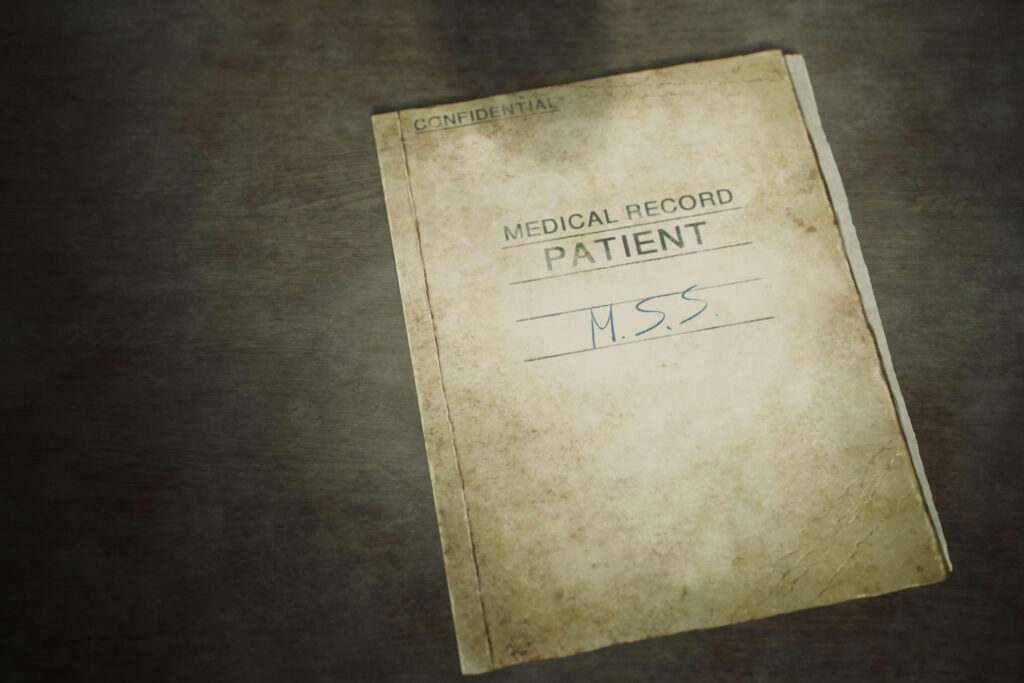
Patient files, charts, and test results were historically maintained in large, dedicated paper folders within doctors’ offices and hospitals. This system, necessary for comprehensive patient care, required extensive physical storage, often utilizing entire rooms of filing cabinets. Retrieving a full medical history involved manual searching, and transferring records between providers meant printing or mailing copies. The shift to electronic health records (EHRs) significantly streamlined access, reduced errors, and improved the security and disaster recovery of sensitive patient information.
3. Hand-Written Recipes

Generational recipes, cooking instructions, and family secrets were traditionally passed down and kept in handwritten form, often compiled in simple notebooks or index card boxes. These collections were cherished heirlooms, with smudges and worn pages adding to their sentimental value. The need to protect these unique, non-reproducible records from kitchen spills or loss was paramount. Today, digital recipe apps, cloud-synced documents, and websites offer easily searchable, shareable, and perpetually backed-up alternatives to the beloved recipe card.
4. Personal Address Books
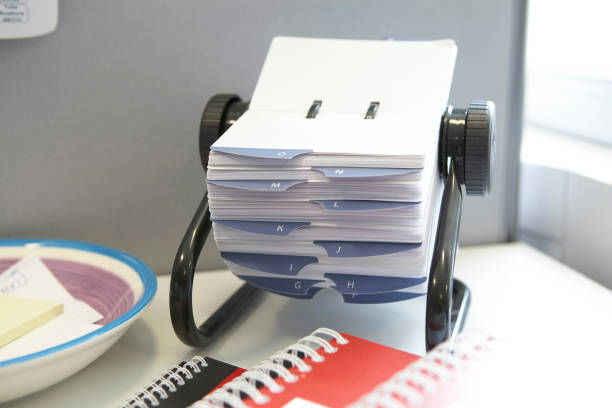
Before smartphones auto-synced contacts across all devices, a physical address book or Rolodex was an essential tool for social and professional communication. This paper item contained all the necessary contact details, names, phone numbers, and physical addresses, meticulously updated by hand. Losing an address book meant losing a vital network of contacts, making regular backups (sometimes by painstakingly rewriting them) a necessary task. The cloud has since eliminated this risk, ensuring contacts are instantly recoverable across multiple platforms.
5. Financial and Tax Documents

Bank statements, payment receipts, investment records, and tax filings were once mountains of paper that required dedicated storage space and meticulous organization in file boxes or cabinets. Legal and regulatory requirements mandated that many of these records be kept for several years, making paper management a significant annual chore for households and businesses alike. The shift to digital statements, online banking, and cloud-based accounting software has dramatically reduced this paper burden, simplifying auditing and long-term retrieval.
6. School Report Cards
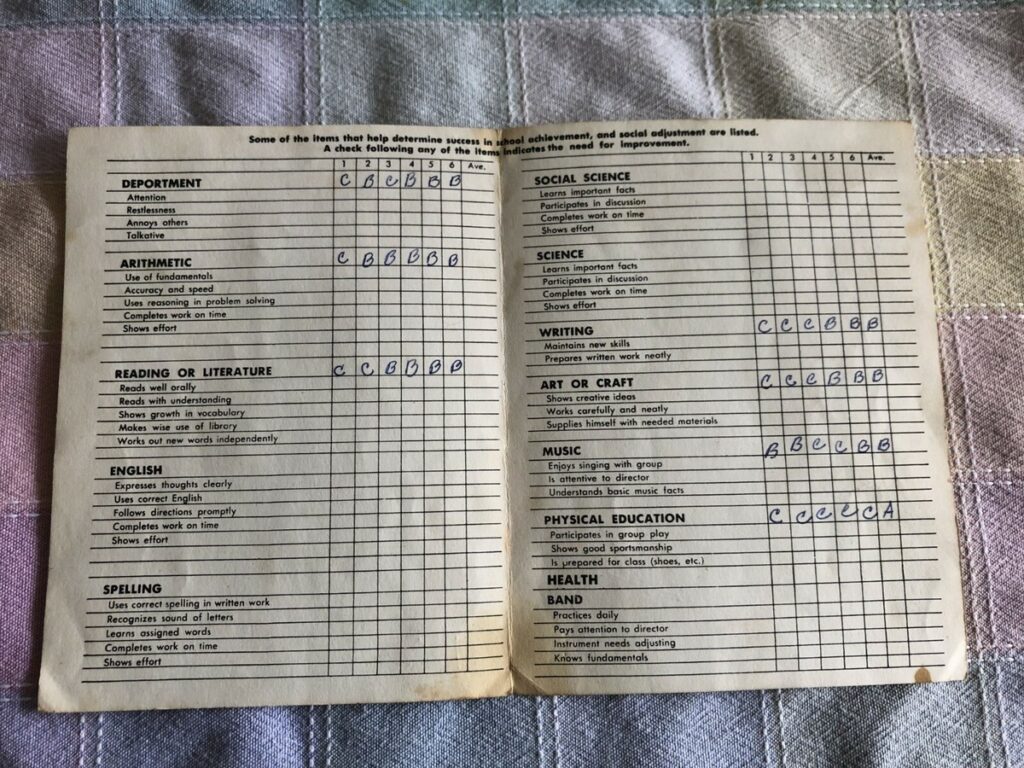
Student academic performance was formally documented on printed report cards, which served as the official, unalterable record of a child’s grades and progress for a specific term. These physical documents had to be signed by a parent and often held symbolic value, representing educational milestones. The school or district maintained a hard copy archive, and parents had to physically preserve their copies for college applications or future proof of education. Today, most school information systems provide secure, instant, and permanent access to grades online.
7. Printed Maps and Atlases

Navigation before the era of GPS and online mapping applications relied entirely on paper maps, road atlases, and detailed street guides. These large-format paper tools were essential for long-distance travel, requiring passengers to act as navigators, carefully folding and refolding them during a trip. Without a paper map, one was truly lost. Modern cloud-connected mapping services not only provide real-time directions but also eliminate the physical bulk and outdated information inherent in printed geography.
8. Handwritten Personal Journals

Personal thoughts, daily events, and intimate feelings were often captured in private, physical notebooks or diaries. The security of these journals was tied to their physical concealment, and their loss was considered devastating, representing an irrecoverable loss of personal history and inner life. The act of writing on paper often promoted deeper cognitive processing, a benefit that researchers note can differ from digital typing. Today, password-protected apps and cloud-synced notes serve as the secure, digital successor to the traditional paper diary.
9. Corporate Employee Records
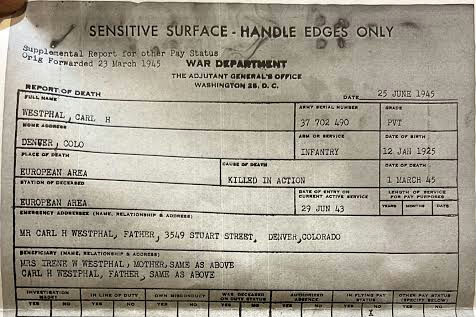
Human Resources departments maintained extensive files for every employee, containing contracts, performance reviews, benefit enrollment forms, and other sensitive information. These records were stored in locked filing cabinets or secure rooms, adhering to strict legal and privacy mandates. The paper-intensive system was prone to slow retrieval and required significant physical security measures. Modern HR Information Systems (HRIS) and cloud platforms now manage these digital files, enhancing security, audit trails, and accessibility.
10. Insurance Policies
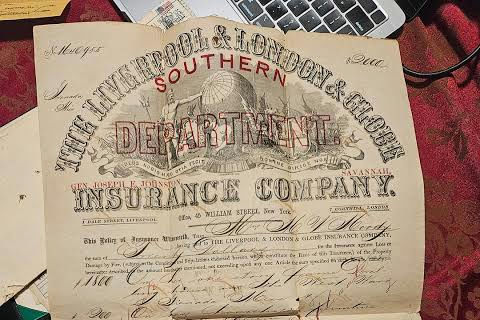
From life to auto to home coverage, insurance policies were lengthy, multi-page paper documents that customers needed to keep readily accessible for reference, claims, and proof of coverage. Misplacing a policy could complicate a claim process. Insurance companies maintained vast paper archives. Now, policy documents are almost universally delivered and stored digitally, accessible through secure online portals or via mobile apps, allowing customers to pull up proof of insurance instantly.
11. Printed Meeting Agendas
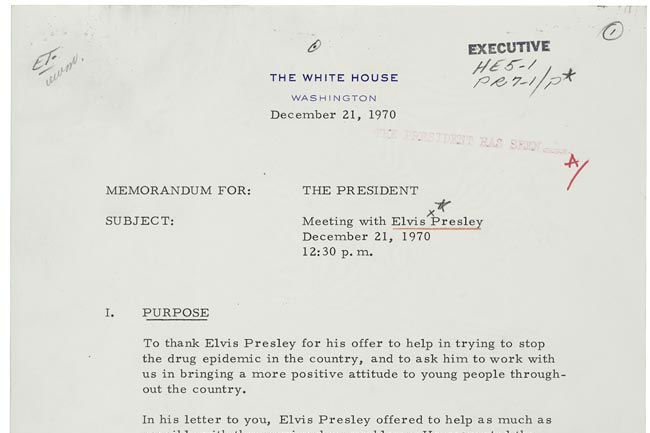
In the corporate world, virtually every meeting was structured around a printed agenda, often accompanied by dozens of pages of supplementary material and reports for attendees. This practice led to enormous paper consumption and often resulted in large piles of unfiled documents after the meeting concluded. The necessity of pre-printing and distributing physical copies to ensure everyone had the same information has been replaced by shared digital documents, collaborative platforms, and instant cloud-based updates.
12. Receipts and Warranties
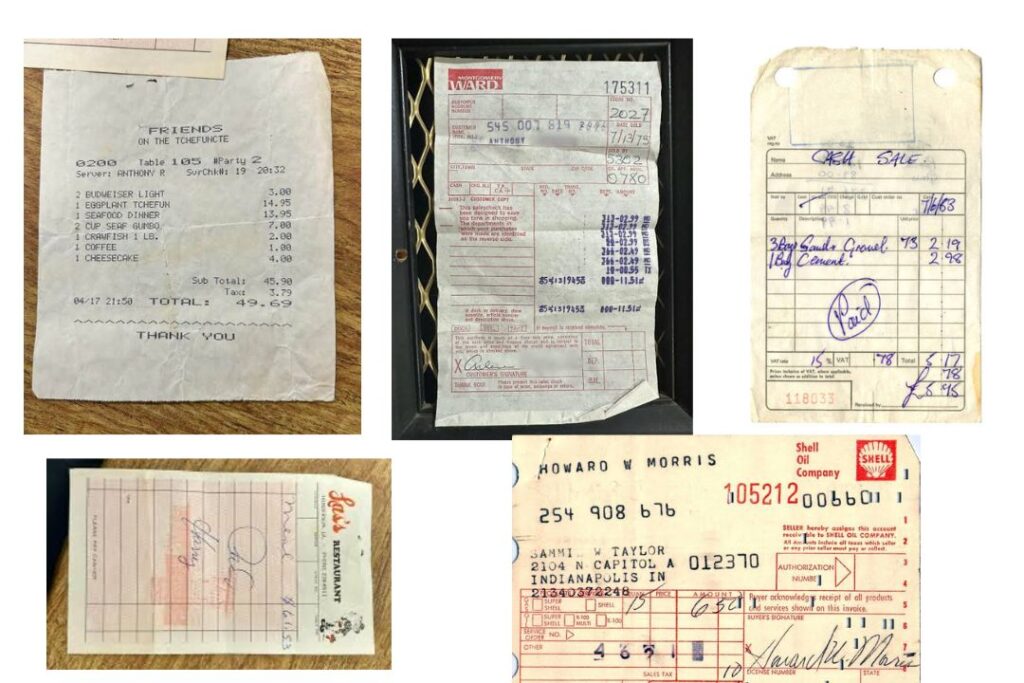
Proof of purchase, for everything from major appliances to simple household items, was once exclusively retained as a paper receipt, often printed on thermal paper that faded over time. Warranties were separate, multi-page documents that had to be carefully matched to the receipt for future claims. Consumers had to maintain complicated filing systems to ensure they could prove ownership and coverage. Today, digital receipts sent via email and manufacturers registering warranties online have made the physical receipt largely obsolete.
13. Personal Letters and Correspondence

Formal and personal communication relied heavily on paper letters, which were cherished keepsakes tied to emotional memories. Holding the physical letter, written in a loved one’s hand, was a vital part of the connection. The physical letter had to be stored carefully to prevent fading or damage. While email and messaging apps offer instant communication, they rarely capture the permanence or sentiment of a handwritten letter, forcing a careful preservation of unique personal history in a physical form.
14. User Manuals and Guides

Every electronic device, piece of furniture, and major appliance came packaged with a thick, printed user manual detailing setup, troubleshooting, and safety information. These manuals often filled drawers and closets, making it difficult to find the right one when needed. The loss of a manual could mean a frustrating call to customer support. Now, almost all user guides are hosted online as searchable, easily updated PDF documents or interactive web pages, accessible via a quick scan of a QR code.
15. Memos and Internal Office Mail

Within large organizations, the “memo” or internal office mail was the primary paper vehicle for company-wide announcements, policy changes, and important communication. This system required complex mailroom operations and inter-office envelopes to ensure delivery, contributing to paper clutter on every desk. The transition to internal email systems, company intranets, and cloud-based communication hubs (like Slack or Teams) completely digitized and streamlined the process of sharing internal, non-personal information.
This story 15 Paper Things We Saved Before Digital Took Over was first published on Daily FETCH


